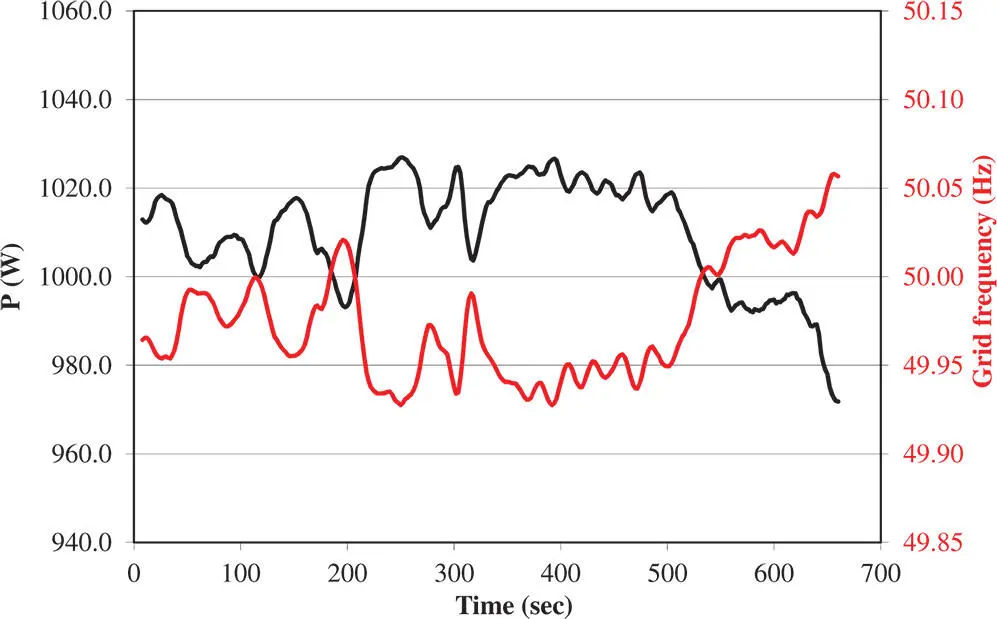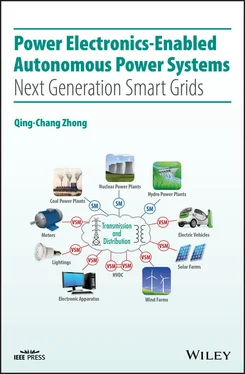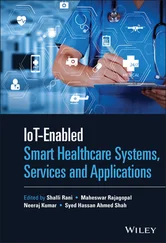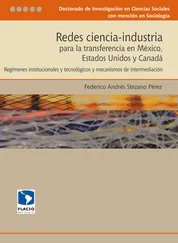2.7.3 Fast Action Without Delay
VSMs are inherently power electronic converters and act upon frequency changes without delay. Since any delayed response increases the maximum frequency change in the event of disturbances, the fast action of VSMs reduces the amount of balancing inertia required before the frequency change is arrested in the event of disturbances. For short frequency spikes, the impact on the system is small because of the relatively large system inertia. A VSM acts upon frequency spikes quickly but also returns to normal quickly after the spikes.
2.7.4 Reconfigurable Virtual Inertia
The kinetic balancing inertia of a conventional synchronous machine does not vary. However, the virtual inertia of a VSM is reconfigurable. This provides more flexibility for the PFR. Moreover, the virtual inertia of a VSM does not involve estimation of system frequency or the rate of change of frequency (RoCoF). This is very different from the synthetic inertia that changes the power according to the measured frequency and its rate of change, which causes noise amplification due to the measurement of  (Duckwitz and Fischer 2017; Zhu et al. 2013). Another important factor related to system instability is damping. The damping of a VSM can be reconfigured to improve stability as well. See Chapter 14for details about reconfiguration of virtual inertia and virtual damping.
(Duckwitz and Fischer 2017; Zhu et al. 2013). Another important factor related to system instability is damping. The damping of a VSM can be reconfigured to improve stability as well. See Chapter 14for details about reconfiguration of virtual inertia and virtual damping.
A prominent feature of the SYNDEM grid architecture is that some active participants, both supply and load, can provide PFR. They can continuously adjust the output or the intake according to the system frequency in an autonomous manner. Figure 2.12illustrates this capability of a VSM connected to the UK grid. The real power output changed autonomously according to the changing frequency, demonstrating excellent PFR. Some non‐essential loads, e.g., HVAC systems and pumping systems, can also provide this continuous PFR at a very high level. In other words, these loads can provide continuous demand response, autonomously, instead of the conventional on–off demand response. See Chapters 5and 19for more details about continuous PFR provided by loads.

Figure 2.12The frequency regulation capability of a VSM connected the UK public grid.
2.8 SYNDEM Roots
2.8.1 SYNDEM and Taoism
The principle of synchronization and democratization is inspired by, and has deep roots in, the Chinese classic philosophical text Tao Te Ching ; see, e.g., (Lao Tzu 2016a,b). Written by Lao Tzu some 2500 years ago, it is believed to be the second most translated work in the world after the Bible . It is a fundamental text for both philosophical and religious Taoism, with strong influences on other schools, such as Legalism, Confucianism, and Chinese Buddhism. It describes the Tao (principles) of nature and Te (virtue) for the human race, with emphases on
(1) The harmony between nature and the human race. Nature is vast and there are many people. However, nature and the human race can and should live in harmony. Excessive human activities may damage nature, which can in turn affect or even destroy the human race.
(2) The criticality of following natural principles. An artificial solution may work for a short period but in the long run it could be catastrophic if it does not follow natural principles. It is critical to let things happen rather than make things happen .
(3) Everything is nothing and nothing is everything. If natural principles are not followed, whatever developed by the human race may get destroyed. “When natural principles are followed, even if there is nothing, one would appear. Then, one generates two; two generates three; and three generates many.”
(4) Simplicity and minimum action. “Managing a country is like cooking a small dish.” Not much needs to be done. Complex solutions have no practical benefit. A solution for a challenging problem has to be simple and non‐intrusive.
The deep roots of SYNDEM smart grids in Tao Te Ching is evidenced by the following 1:
(1) The newly added renewable energy sources and flexible loads are harmonized to behave in the same way as conventional power plants.
(2) The most natural principle of synchronization is followed by all players in SYNDEM smart grids. They actively interact with the grid to maintain system stability. They are not forced or led through commands given over communication networks.
(3) A SYNDEM smart grid can work with one, two, three or many active players, and when needed a large power system can decompose into small regional grids or even microgrids in residential homes. It is extremely scalable and the architecture is very simple.
(4) Managing a SYNDEM smart grid becomes very easy because all suppliers and loads in a grid can autonomously take part in the regulation of the grid. In other words, a SYNDEM smart grid manages itself with minimum human intervention.
2.8.2 SYNDEM and Chinese History
The concept of SYNDEM smart grids also has deep roots in Chinese history 2. During the Spring–Autumn period (approximately 771 to 476 BCE) and the Warring States period (approximately 475 to 221 BCE) of ancient China, China was in the form of multiple states. It was an era of great cultural and intellectual expansion in China, when hundreds of schools of thought and philosophies flourished. Among them, the most influential thoughts included:
Taoism – established by Lao Tze (571–471 BCE) with the core principle of living in harmony with nature.
Confucianism – established by Confucius (551–479 BCE) with the core principle of being inclusive and kind.
Legalism – established by Li Kui (455–395 BCE) with the core principles of governing with laws.
Mohism – established by Mo Tze (470–c. 391 BCE) with the core principle of thinking with logic.
School of Yin‐Yang – established by Zou Yan (305–240 BCE) with the attempt to explain the universe in terms of basic forces of Yin‐Yang and the Five Elements of metal, wood, water, fire, and earth. Later, this was adopted by Taoism, Confucianism, and the Chinese medical framework.
It is fair to say that China was highly democratized during the Spring–Autumn and Warring States period, for over 500 years. People could move freely from one state to another and enjoyed freedom of speech. The most powerful states often held regular conferences to decide important matters. The thoughts and ideas refined during this era then became the cultural foundation of China and other East Asian countries.
However, it was also an era filled with chaos and bloody battles. During the Spring–Autumn period, there were nearly 500 battles, i.e. two battles a year on average. The Art of War , an ancient Chinese military treatise of strategy and tactics, was written by Sun Tze around 515–512 BCE, during the Spring–Autumn period. During the Warring States period, as the name of the period indicates, there were also many major battles among the states.
In 221 BCE, Emperor Qin (Chin) united China and harmonized Chinese characters, currency, trade (weights and measures), and communication (transportation). This laid a structurally stable foundation for China for many years to come, demonstrating the power of harmonization and unification. Harmony has then become the most important principle of Chinese culture, cultivating peace, stability, prosperity, and sustainability.
Читать дальше

 (Duckwitz and Fischer 2017; Zhu et al. 2013). Another important factor related to system instability is damping. The damping of a VSM can be reconfigured to improve stability as well. See Chapter 14for details about reconfiguration of virtual inertia and virtual damping.
(Duckwitz and Fischer 2017; Zhu et al. 2013). Another important factor related to system instability is damping. The damping of a VSM can be reconfigured to improve stability as well. See Chapter 14for details about reconfiguration of virtual inertia and virtual damping.











